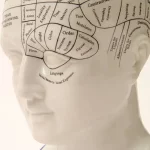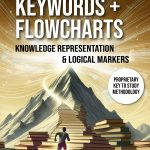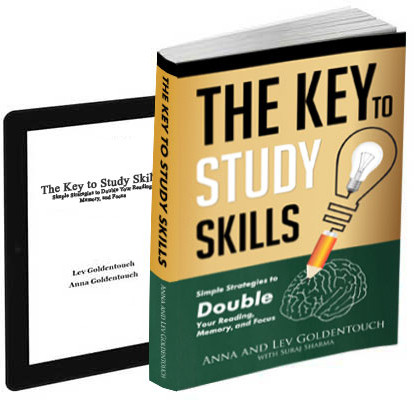Memory board games have long been a staple in the world of tabletop gaming. They are not only fun and engaging but also serve to enhance cognitive skills such as concentration, pattern recognition, and strategic thinking. In recent years, the market has seen a surge in innovative memory board games that cater to all …
Spaced repetitions toolset
Spaced repetition is a powerful learning strategy, but implementing it universally for every learner can be challenging. Each student has their unique blend of learning goals, attention spans, and material complexity. That said, no matter which strategy you adopt, there’s a versatile toolkit that can help you master long-term retention. Let’s explore the core tools, …
Brain Vitamins: Do Vitamins Enhance Memory?
In an era where cognitive demands and mental agility are paramount, the quest for mechanisms to enhance brain function has become critical. Among the various interventions, the role of vitamins in boosting memory and overall cognitive function is a subject of considerable interest and ongoing research. This detailed article explores the latest scientific findings …
Continue reading “Brain Vitamins: Do Vitamins Enhance Memory?”
Remembering people and names
Remembering People and Names: Techniques and Strategies for Mastery Remembering names is a crucial skill in both personal and professional life, yet it’s often overlooked in traditional learning. Whether you’re attending networking events, collaborating with colleagues, or meeting new people in your social circles, the ability to recall names quickly can make a significant difference …
Why Musical Memories Are the Strongest Memories We Have
Musical memories often stand out as some of the most vivid, emotionally charged recollections we possess. Whether it’s the chorus of a childhood lullaby or a song that played during a major life event, these tunes embed themselves into the fabric of our experiences. One reason musical memories are so powerful lies in how deeply …
Continue reading “Why Musical Memories Are the Strongest Memories We Have”
10 Mental Models for Learning
Mental models are the invisible frameworks that shape how we interpret the world and solve problems. When applied to education, “mental models” help learners approach knowledge more systematically and effectively. Think of them as cognitive shortcuts or strategies that streamline complex learning into manageable parts. Whether you’re studying math, philosophy, or a musical instrument, recognizing …
Proposed training schedule
On day one, almost all of our students wanted to see the training schedule that would take them to their goal. Previously, we tried to control the selection of options to funnel all students through the same resources. Currently, we are widening the arsenal of training tools you can use. Introduction Take our books on …
Subjects to Read About: A 6-Week Guided Reading Plan for Lifelong Learners
To acquire accelerated learning skills, we suggest starting with a training plan that includes voracious reading. A well-structured fitness routine strengthens your body over time, so a thoughtfully crafted reading schedule can train and elevate your mind. Whether you’re a student, a professional, or a lifelong learner seeking an intellectual edge, building consistency into your reading …
Continue reading “Subjects to Read About: A 6-Week Guided Reading Plan for Lifelong Learners”
How Do Keywords and Flowcharts Enhance Your Decision-Making?
In an unpredictable world, logical thinking is the anchor that keeps us grounded. Every day, we navigate a sea of decisions, from simple choices like what to eat for breakfast to complex ones like strategizing business growth or making career moves. Yet, with an overload of information, how do we filter noise from substance? This …
Continue reading “How Do Keywords and Flowcharts Enhance Your Decision-Making?”
The Science of Smart Decisions: How Logical Markers Shape Clear Thinking
Every day, we make countless decisions—some small (what to eat for lunch), others life-changing (which career path to follow). But how often do we stop and analyze our decision-making process? Many people assume they think logically but in reality, biases, emotions, and mental shortcuts often cloud judgment. From businesses investing in failing projects to individuals …
Continue reading “The Science of Smart Decisions: How Logical Markers Shape Clear Thinking”










